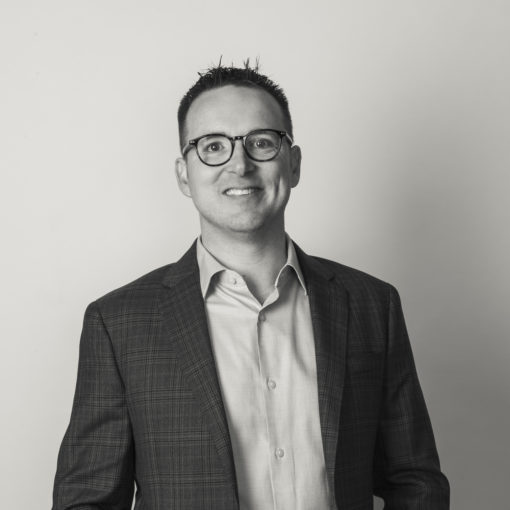
Kent Henning | President, Grand View University
The Idea: The business, government and higher education communities should collaborate to create an Educational Services Center that links employers and higher education institutions and allows them to share the cost of “guidance” services offered to post-traditional learners.
We should convene a group of community leaders (30 to 40) and have a few brainstorming sessions. The outcome should be a plan to make Central Iowa more inviting to a more diverse population. The group needs to do some futuristic thinking, and I would hope that the group is not confined to the whims of Washington politicians in terms of immigration policy.
Something’s not working. Leaders at the federal, state and local levels are calling for more people to acquire training or education that will prepare them for the jobs of the future. The state’s Future Ready Iowa initiative wants 70 percent of Iowans to have some form of postsecondary credential by 2025; the Greater Des Moines Partnership’s EDGE campaign is aiming for 75 percent.
In the meantime, college and university enrollments continue to decline. Since 2011, postsecondary enrollments across all sectors of higher education have declined 13 percent nationally.
Higher education moves opposite the economy. When the economy sheds jobs as it did in 2008-09, postsecondary enrollments soar. In periods of low unemployment, workers may see their incomes rise and/or have opportunities to work extra hours. Consequently, they are less inclined to seek further education. Perhaps to achieve educational goals, the business, government and higher education communities should collaborate to create an Educational Services Center that links employers and participating higher education institutions and allows them to share the cost of “guidance” services offered to post-traditional learners.
For adult learners, such a center could provide academic advising and financial aid counseling akin to what is offered to high school and traditional-age college students. For employers, the center could hire an academic affairs staff with the expertise to match skills needed by employers with existing or new educational programs.
The post-traditional student population is large and diverse. It includes individuals who did not complete high school, those who started but didn’t complete college and degree holders who are seeking a graduate or professional credential.
In the meantime, colleges and universities are flooding the market with more programs and delivery options. Now, an ever-expanding range of credentials can be earned on campuses, online, in competency-based programs, in “boot camps” offered by entities outside higher education and in apprenticeships.
We expect post-traditional learners, many of whom struggled in the education system, to be able to sort through a cacophony of advertisements and select a program that will help them achieve their career goals. Contrast that with the support we provide students in the K-12 system. Starting in middle school, we surround students with a variety of resources that are intended to help students shop for and finance their education. While the state has assembled and linked job data and educational information in the Future Ready Iowa website, post-traditional learners are more or less left on their own to make informed choices. Most choose programs and institutions on the basis of price and convenience, with little independent assurance they are selecting a path that will prepare them appropriately for the job they are seeking.
On the other end of the educational pipeline, employers could benefit from an academic officer not affiliated with a college or university, one who could advise and support businesses’ recruiting and training functions.
I frequently hear executives say, “Students lack (fill in the blank) skills,” and “You need to offer a course that teaches …” An experienced curriculum designer who is able to bridge the gap between learning and application could help employers find where needed skills are being taught.
Sometimes a perceived skills gap is merely a communication gap. If new skills are needed, an academician working as an agent for employers could work with colleges and universities to create new programs. A collaborative Education Services Center also might help human resources offices design their tuition benefits programs and training budgets to be more targeted and effective.
Currently, human resources officers need to work with multiple educational providers to try to understand where best to get the skills they need. Colleges and universities independently hire curriculum developers and sales staffs to work directly with employers. Institutions also pay for their own market research and ad campaigns to reach prospective students. Post-traditional learners are left on their own to evaluate myriad options and select a program that will give them the job skills they seek. Perhaps collaboration could improve this situation. Years ago, Des Moines’ community leaders formed the Des Moines Higher Education Collaborative (DMHEC), expecting seven institutions to share space and collaborate on offering programs. Ultimately, the DMHEC dissolved and the Pappajohn Center became property of the University of Iowa.
Perhaps it would be more effective to collaborate on an Educational Services Center through which employers and participating higher education institutions share the cost of “guidance” services offered to post-traditional learners and curriculum experts to link employers with educational providers. Then let participating colleges and universities determine where or how to offer programs and compete on the basis of the quality of student outcomes produced by their programs. >




